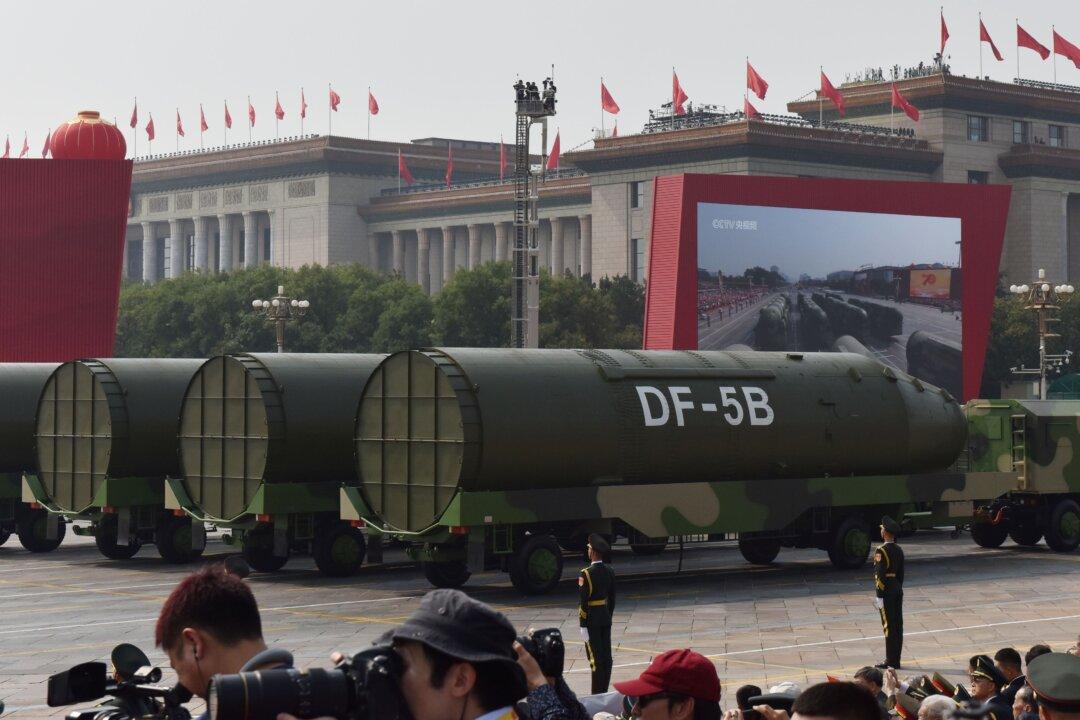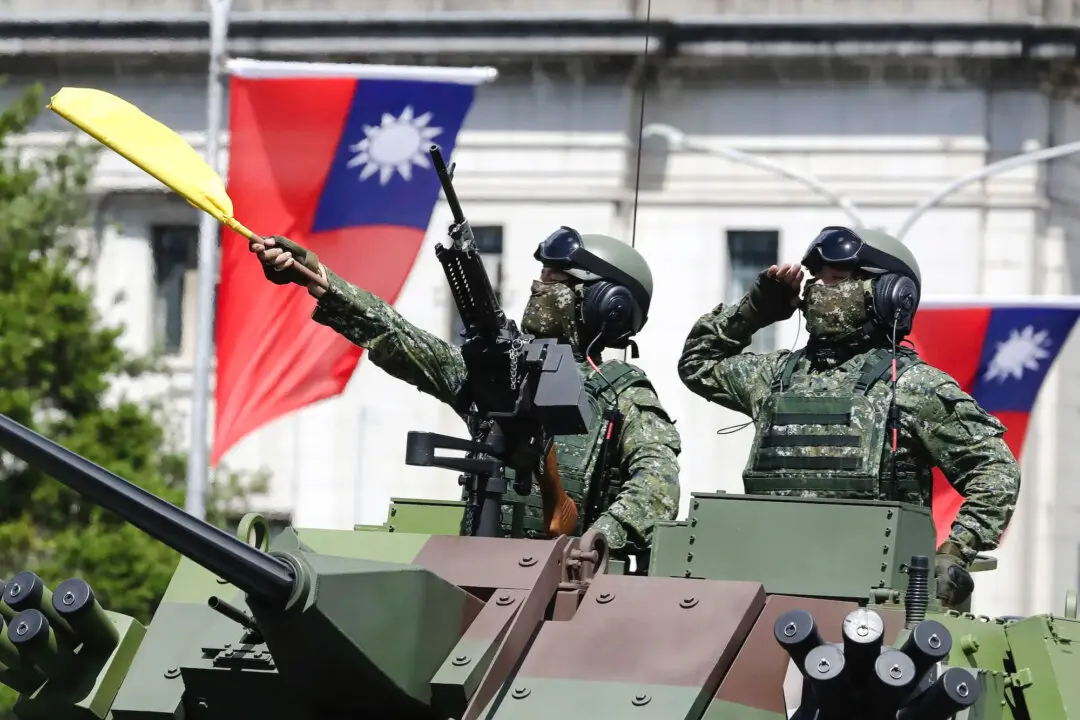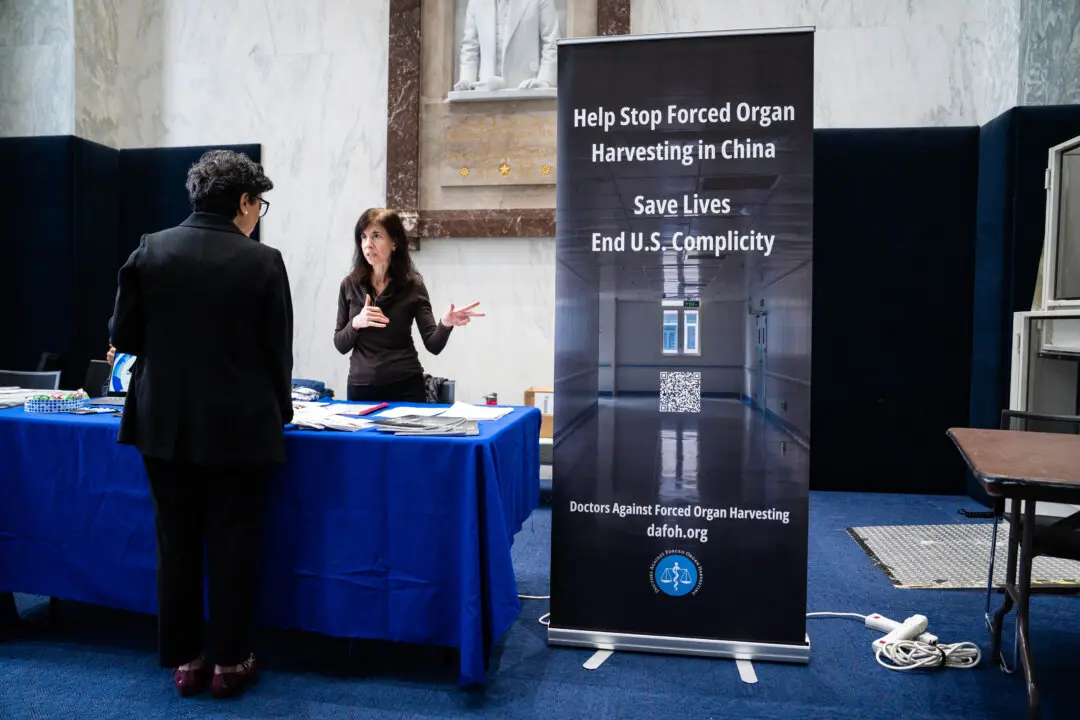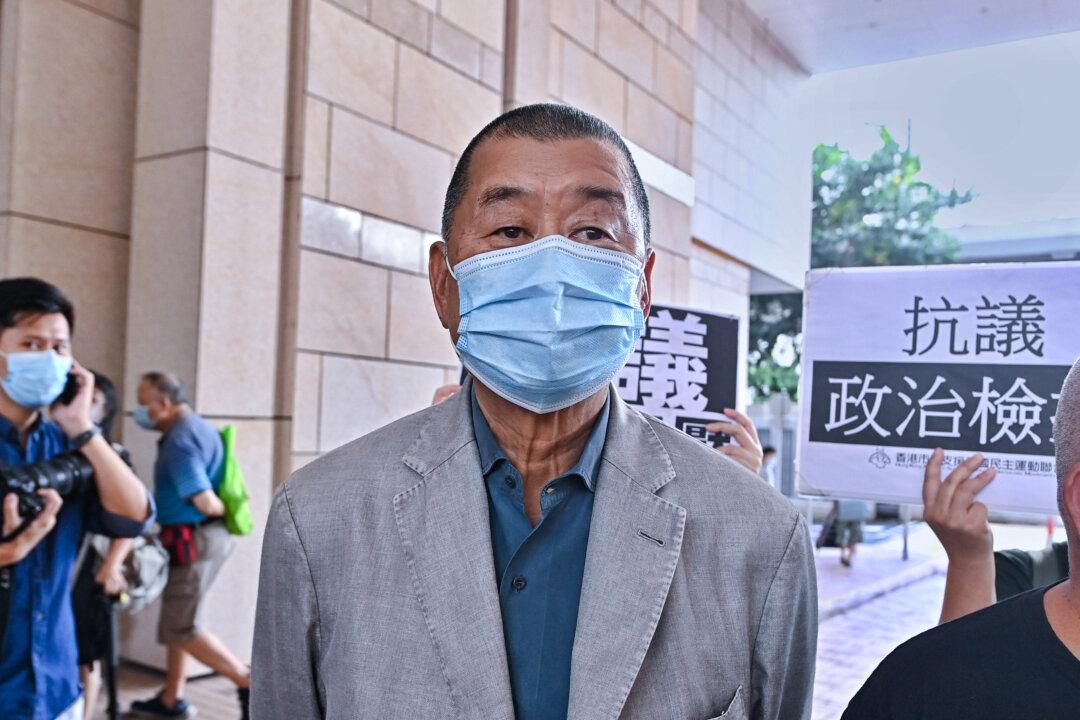The commander of the U.S. Strategic Command, which oversees the country’s nuclear arsenal, has given a dire warning about China’s rapidly increasing military capability.
“We are witnessing a strategic breakout by China. The explosive growth and modernization of its nuclear and conventional forces can only be what I describe as breathtaking,” Adm. Charles Richard said on Aug. 12. “Business as usual will not work.





